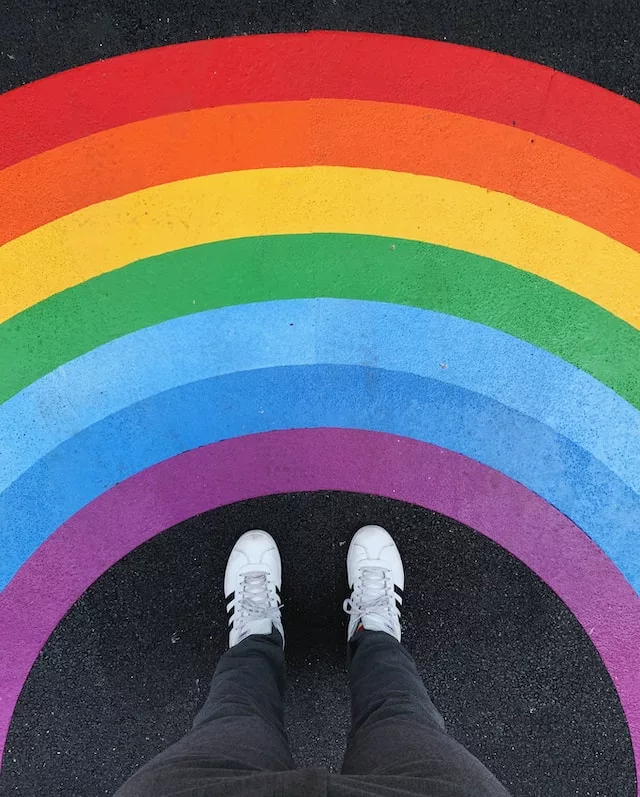IntroductionStress, depression, and anxiety symptoms have been reported during the pandemic, with important inter-individual differences. Past cross-sectional studies have found that sex and gender roles may contribute to the modulation of one’s vulnerability to develop such symptoms. This longitudinal study aimed to examine the interaction of sex and psychological gender roles on stress, depression, and anxiety symptoms in adults during the COVID-19 pandemic.MethodsFollowing the confinement measures in March 2020 in Montreal, stress, depression, and anxiety symptoms were assessed every 3 months (from June 2020 to March 2021) with the Depression, Anxiety and Stress Scale among 103 females and 50 males. Femininity and masculinity scores were assessed with the Bem Sex Role Inventory before the pandemic and were added as predictors along with time, sex, and the interactions between these variables using linear mixed models.ResultsWe observed similar levels of depressive symptoms between males and females, but higher levels of stress and anxious symptoms in females. No effects of sex and gender roles on depressive symptoms were found. For stress and anxiety, an interaction between time, femininity, and sex was found. At the beginning of the pandemic, females with high femininity had more stress symptoms than males with high femininity, whereas females with low femininity had more anxiety symptoms 1 year after the confinement measures compared to males with low femininity.DiscussionThese findings suggest that sex differences and psychological gender roles contribute to heterogeneous patterns of stress and anxiety symptoms over time in response to the COVID-19 pandemic.

